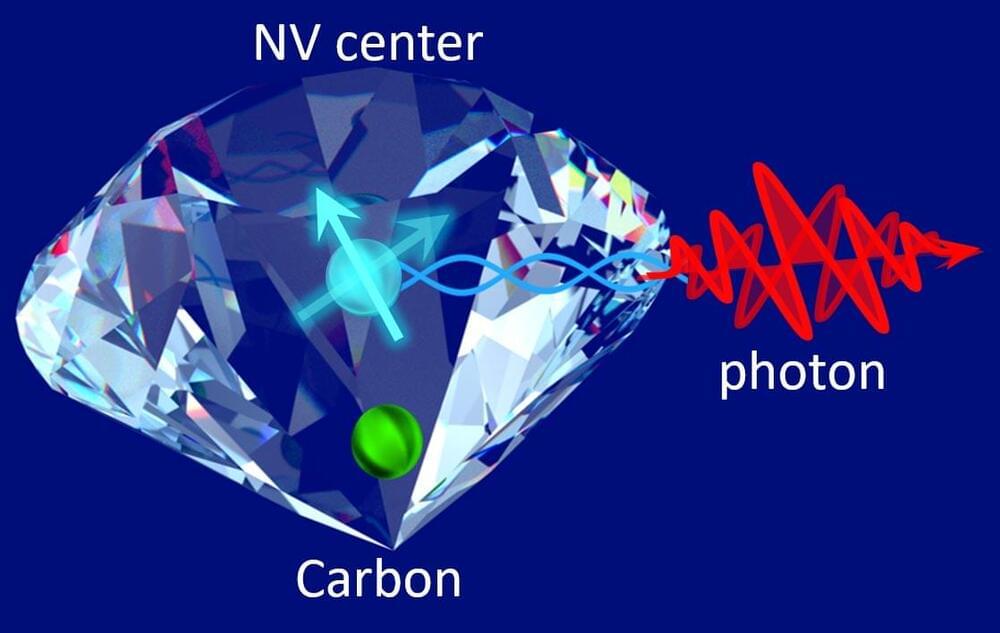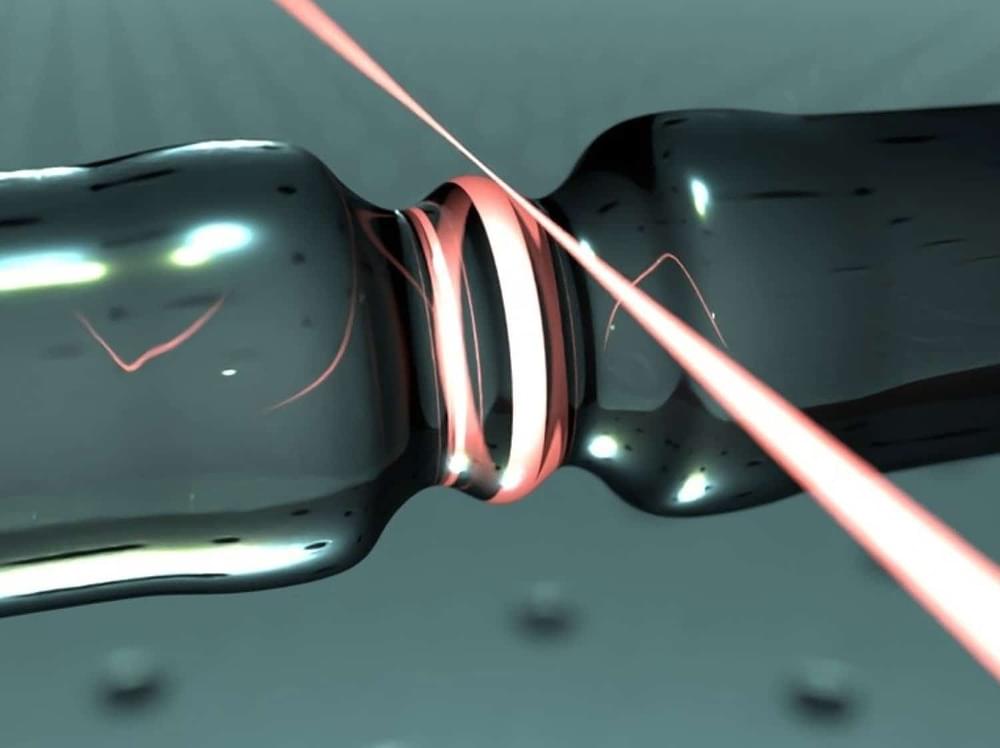Physicist Max Tegmark on predictions that cannot be observed, explanation of Universe’ fine tuning, and quantum computer.
You can now become our Patron and help us communicate science to a wider audience. Support us on https://www.patreon.com/SeriousScience.
Be the first to find out about our new videos and articles. Learn interesting facts about various topics and people. Discover the answers to the big questions. Be in the know.
Follow us:
Serious Science — http://serious-science.org/videos/1435
Patreon — https://www.patreon.com/SeriousScience.
Facebook — https://www.facebook.com/serious.scie…
Twitter — https://twitter.com/scienceserious.
Instagram — https://www.instagram.com/serious.sci…
Tumblr — http://serious-science.tumblr.com/
Vk — https://vk.com/seriousscience








